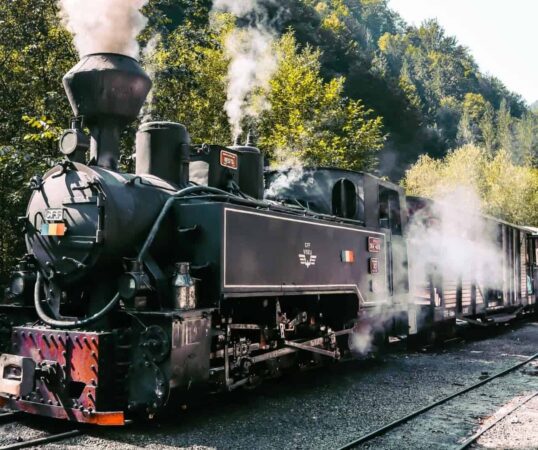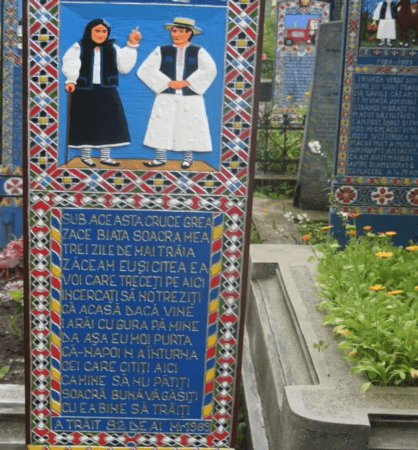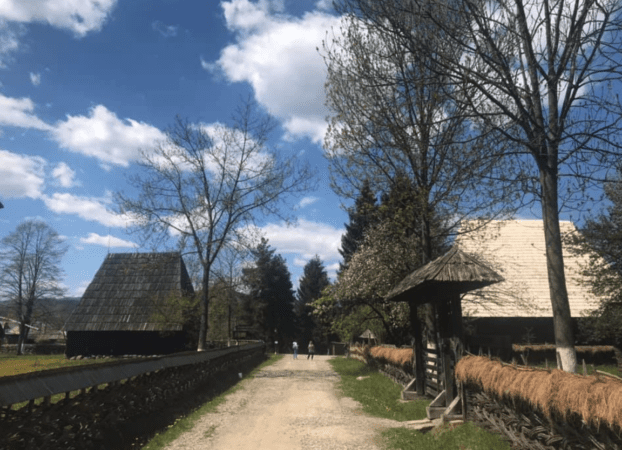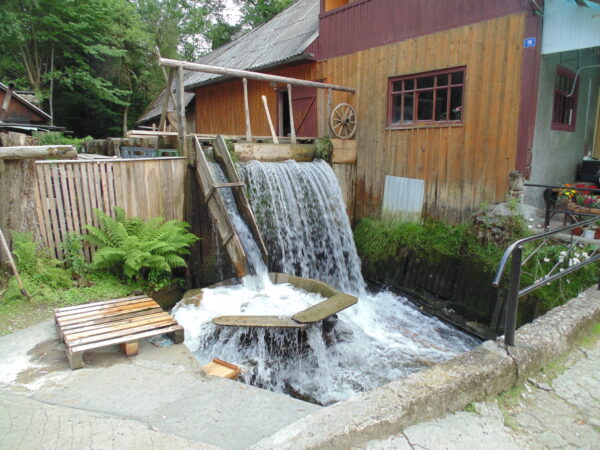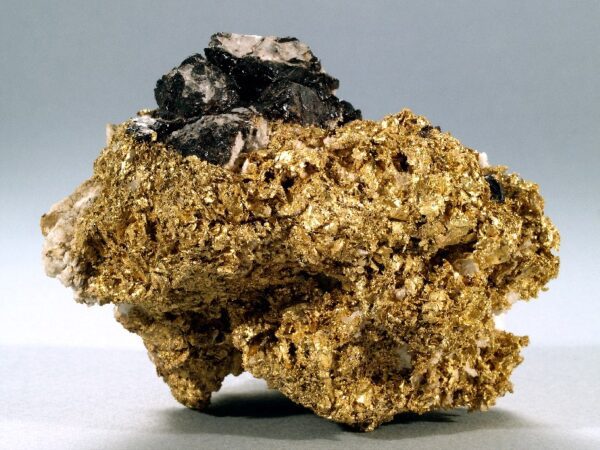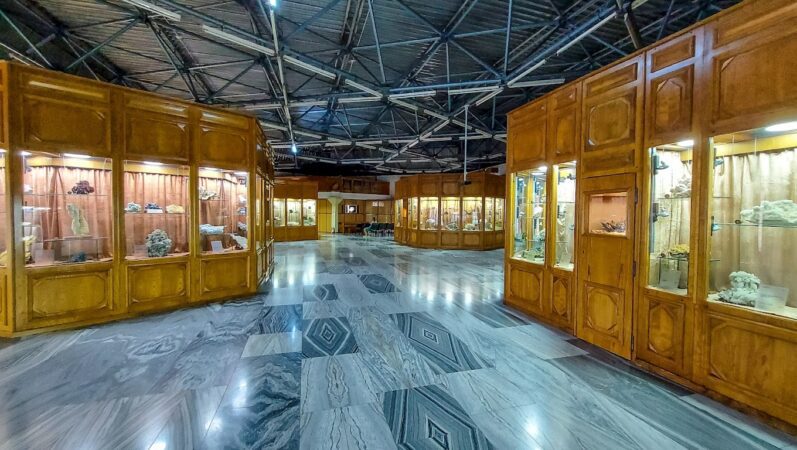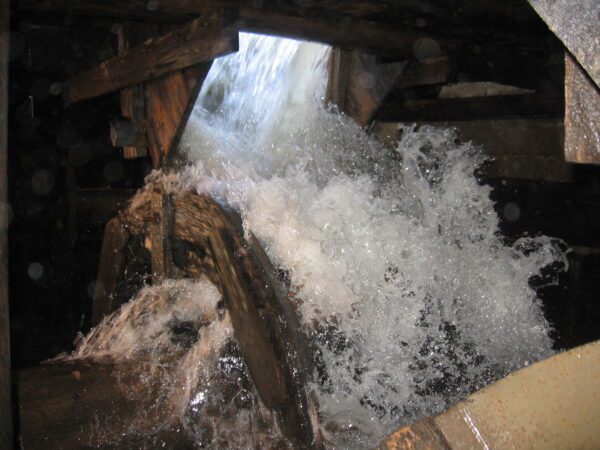Top 5 most unique and beautiful tourist locations/attractions in Maramures
Maximum number of guests
Acomodation type
Accommodation description
Romania is a country with varied landforms and breathtaking landscapes, with sea and mountains, legends and stories that make you feel part of a mysterious and fascinating world when you visit the wonderful places here.
And Maramureș County comes with an added plus to everything described above: with its history, customs and traditional costumes, the beauty of its places, its ethnographic museums, all this makes this place a joy and a delight for Romanian and foreign tourists.
Entire pages have been written about the tourist attractions in Maramureș, they have occupied the first places in the specialized articles, standing out at all the tourism fairs, so in these lines I will present five tourist attractions that you will not find anywhere in the world, and some of them are unique and keep the mark of time, which will be a novelty for any tourist, whether Romanian or foreign.
1. The Maramureș Mocanet

The Maramureș steam locomotive on the Vaser Valley is the only industrial steam locomotive train in Europe still in operation.
The forest basin of the Vaser river, which covers 40,000 hectares, still contains untouched forests and dozens of mineral springs, the dam at Măcârlău, the mining pond Novăț, the hunting lodges Valea Babii and Novăț, the traces of the former military hospital of the Second World War, the wooden church and the German cemetery at Făina.
The railway on which the "mocănița" runs stretches for a total length of 56 km, on the Vaser 43 km and on its tributaries Novăț and Ștevioara. The narrow-gauge railway line was built between 1930-1933 with disused material from the railway that crossed Prislopul from Maramureș to Moldova, a line built during the First World War, so it runs at a slow speed, only good to admire the spectacular nature.
The Vaser is certainly the most important tourist attraction of the Maramures Mountains Natural Park.
The train runs to Făina station, operates from 1 May to 31 October and departs daily from Monday to Saturday from Vișeu de Sus CFF station at 8:30. It's good to book tickets in advance directly from their website, so you risk not catching any free seats.
More details can be found directly on www.muntiimaramuresului.ro.
2. Tănase Burnar Ceramics Workshop In Săcel Maramureș
Someone said that Maramureș is a corner of heaven where the houses built of wood and unprocessed materials are still preserved, but also the traditional costumes, so beautiful by the colours obtained naturally and still woven at the loom from the beam. Some of the most beautiful crafts such as pottery have been preserved over time.
Ceramics or pottery is the oldest craft traditionally preserved in the locality of Săcel, and the first documentary mention of this pottery is made in the Urban Conscription in the 17th century.
If you want to learn more about this field and hear the story of the unglazed ceramic pots as the Dacians used to do in the old days, then you must visit the potter Tanase Burnar.

The workshop is located on the main road, at number 1114, in the village of Săcel and while the wheel is turning and the craftsman's hands are shaping a milk pot, you will find out that,
The main characteristic of the Săcel pottery is that the clay vessels are similar to the old Dacian pottery.
This place is unique in the country, by maintaining unaltered this craft, as produced in ancient times by the Dacians, which is explained by the isolation of the locality, so that from father to son has taken over the craft with the same technique, and for over ten generations has kept the same way of working in the family of the potter.
The ochre clay, or "potter's clay" as the potter Tănăse calls it, is extracted from a depth of 10 meters near the Drobodava or Drovodeaua bridge, a place with a Dacian name that is preserved to this day in the commune of Săcel. Separately, a black stone is used which is brought from the Glod Valley or from the Pomișori hill and is broken and then used instead of paint to decorate the vases with the two motifs also of Dacian origin "water wave" or the string, called by the potter and cord or "zimți".
The decoration on the unglazed red ceramic pots created by Mr. The burners have special shapes, and the polishing of the pots is done with flint stone (after drying) on the entire surface, after which the pots, the tops, the water drinking mugs, sit quietly on the shelves for three weeks, to dry, to be used.
Initially the colour of the clay is grey, but after it enters the old kiln, by firing, the pots have a reddish colour, specific only to this area.
The final product made of unglazed, red-fired and polished pottery can take different shapes: cups, mugs, jugs, jugs, milk pots, milk churns, pans, lard pans, cups, saucepans, cups, cups, saucepans, saucepans, pot lids and many others.

One tourist described extremely well how important it is to preserve these traditions:
"The potter processes everything by hand, bakes day and night, feeding the 500 year old clay oven with wood incessantly - if you see it you will be convinced that it is authentic - then he does not waste, but polishes the pots with a river stone, which is why THE POTS REMAIN VII, BREATHE WITH TRUTH, TRANSPENDENT AND BOLD AS A STORY OF THOUSANDS OF YEARS".
Exact address : SĂCEL, str. Principală, nr 1114, Maramureș county
3. The Merry Cemetery in Săpânța

The Cemetery is a cemetery in Săpânța, Maramureș County, famous for its brightly coloured crosses and naive paintings depicting scenes from the lives and occupations of the buried. On some crosses there are even verses in which the persons in question are mentioned, often with humorous nuances.
The uniqueness of this cemetery is its difference from popular culture, which regards death as a sad event. There is a hypothesis that Stan Ioan Pătraș (1908-1977) was inspired by the culture of the Dacians, about whom history says that they considered death as a joyful event. The first epitaph dates back to 1935, and since the 1960s, the entire cemetery has been populated with about 800 such crosses, carved from oak and by Dumitru Pop Tincu, becoming a unique outdoor museum and tourist attraction. The following lines appear on Patras' tombstone:
When I was a young child/I was Stan Ion Pătraș/Listen to me Folks/What I'm about to say is no lie /How many days I've lived /I've never wished harm on anyone/But good as I am[ I could /Whoever I could asked Oh, my poor world /How hard I've lived in it

Since 2009, the cemetery has been the focus of the annual festival "The Long Road to the Merry Cemetery" (see also the section of the website : Events. )
Some crosses are painted on both sides. On one side is placed a description of the buried person's life, and on the other - a description of the reason for death. Most of the crosses are written with some misspellings and archaic spelling variants, which does not detract from the charm of the place.
4. Mecleș Mill, Săcel - Maramures, built in 1907.
The Blue Spring of Iza is a tourist attraction in the Iza Valley, near several villages in the area, and if you follow the flow of the water you will reach the area of houses and households in Săcel, where tourists come every day, either on foot or by car. One of their favourite sights is the Mecleș Mill in Săcel.
Why? Because when you approach the mill you smell the smell of wood and freshly ground flour. The mill has several rooms, one of them is the mill itself, another is the milling machine, and another is the miller's room. Each one is with natural light only, and the sound of water and mechanisms in operation keeps your breath racing.
The location has 4 objectives:
Location exterior :
- Water jet for carpet and deer wading

Inside the location : 2. Traditional mill, functional only by the force of water since 1907 with stones ! Inside the mill location are the "paddle" mill wheels, the transmission shaft and the gear wheels with the two millstones. . 3. Weaving warfare / war for making woollen carpets ( wainscots ) , rugs etc.
4. Wool processing machine - popularly called "darac" very old and wool shaver from 1930 ( brought from Germany ) put in operation with the power of Water !
Visiting the place can be done in the presence of the owner who with skill and patience will guide you to visit the location, will present you the history of the place (for those who wish you can take a small tour of the mill, visiting all the mechanisms)!
Somewhere we read that water is the imprint of life on Earth, a sign that somewhere, sometime, our story began, so we are waiting for you to come to Moara lui Mecleș for another story about Maramures.
5. Mineralogy Museum in Baia Mare
It is one of the most representative mineralogical museums in Romania and in Europe, both by the number of samples and by the quality of the exhibits, many of them being unique or world rarities.

It is considered by specialists as one of the largest regional museums, which is structured on samples from the area of neogene volcanites in Baia Mare and adjacent areas.
The idea of setting up a collection of minerals from the Baia Mare region and, in perspective, a permanent exhibition, appeared in 1969. Around a core of 1,502 pieces of minerals, an impressive volume of samples has gradually been gathered, through underground collections, acquisitions and donations, which currently numbers 20,394 specimens. The numerical increase has been followed step by step by a value increase, on the whole of course, but also in terms of the scientific and aesthetic value of the samples that make up the collections.

Given the scientific and educational nature of the museum, its heritage could not be without other types of samples, not only minerals, which happily complete the geological context of the area. As a result, the following four collections were established:
- minerals,
- fossil,
- of ores
- of rocks.
These collections are located on the ground floor and upstairs, where - on a large screen - a documentary film about the history of the museum is also shown.
A special place is given to the fossil flora of the Chiuzbaia Scientific Reserve. It is confined to diatoms and comprises 55 families, 107 genera and 240 species. The flora of Chiuzbaia, unique in Europe, is testimony to a forest of exceptional richness, thus constituting an area of particular scientific and aesthetic interest.

All these attractions/tourist attractions have one main characteristic: they represent a unique cultural heritage, unparalleled in other places in the country and even in the world, beautifully preserved over time, each with its own story, and the people who take care of this heritage of Maramures do it with skill and professionalism, which makes tourists who cross their threshold to leave with joy and peace in their hearts!

